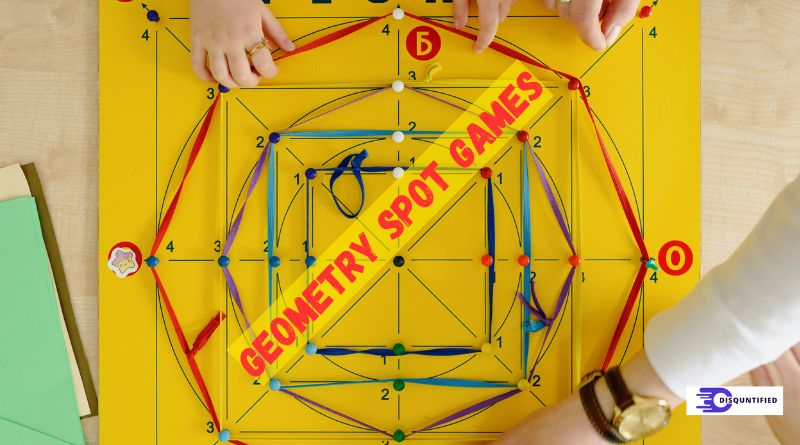In an age where educational entertainment is rising in popularity, geometry spot games stand out as a fantastic blend of learning and fun. Designed to sharpen spatial awareness, improve pattern recognition, and develop logical thinking, these games are a great resource for students, teachers, and even casual puzzle enthusiasts. They have become especially useful in classrooms and online platforms, offering a more interactive and engaging way to explore the world of shapes and space.
What Are Geometry Spot Games?
Geometry spot games are educational puzzles or visual activities where players must identify, match, or analyze geometric figures in various scenarios. They often involve spotting differences between geometric images, identifying specific shapes within complex illustrations, or solving problems related to symmetry, angles, and area. These games can be digital or paper-based and vary in difficulty from basic shape recognition to advanced problem-solving tasks.
The term “spot” in these games often refers to “spotting” a pattern, shape, or discrepancy. For example, a typical game might show two nearly identical images containing geometric shapes, and the player must spot the differences or identify specific figures based on certain rules. These games enhance observation skills and can be surprisingly addictive.
Geometry Spot Games’ Educational Value
Geometry spot games’ appeal in educational environments stems mostly from their capacity to translate abstract mathematical ideas into concrete, visual experiences. Sometimes geometry is difficult for students, particularly when limited to textbook explanations. Turning the learning process into a game, nevertheless, helps pupils stay more involved and likely to remember the ideas.
These games validate ideas like:
- Classification and recognition of shape
- Angles and symmetric design
- Consistentity and resemblance
- Volumes, area, and perimeter
- Geographical visualisation
Including these activities into the course has helped teachers close the knowledge gap between theory and application. Moreover, these games are easily changed in complexity, which qualifies them for many kinds of learners.
Digital Tools and Platforms
As educational technology grows, multiple digital platforms now provide a large selection of geometry spot games catered for various age groups. Geometric reasoning is the emphasis of interactive tasks available on apps including GeoGebra, Math Playground, and Cool Math Games. Built-in feedback systems on these sites help students to keep on trying, grow from their mistakes, and progressively get better.
Furthermore appealing and easily accessible to younger audiences are several of these games, which are created with vivid graphics and simple interfaces. These games bring the classroom right at every learner’s hands whether they are utilised in homes, in classrooms, or on trips.
Games for All Ages Geometry Spot
Although most people connect geometry games with younger children, many of them are meant for adults and teenagers well. Advanced spot games could incorporate logic-based puzzles requiring several steps to answer, coordinate geometry, or three-dimensional shape difficulties. For older kids or individuals seeking to remain cognitively active, these kinds of challenges can be great brainteasers.
Actually, because geometric spot games measure reasoning and visual problem-solving ability, they are frequently utilised in entrance exams or IQ tests. Playing these games will thus help pupils be ready for any activity requiring analytical thinking as well as for maths tests.
Why You Should Try Games from Geometry Spot Today
Geometry spot games provide a fun and instructive approach to push your mind regardless of your level of interest—that of a teacher searching for interesting materials, a student trying to strengthen his arithmetic skills, or just someone enjoying a good brain teaser. For players from all backgrounds, their special mix of visual stimulus, logic, and learning is perfect.
From smartphone apps to classrooms, these games are always becoming more and more popular with clearly positive effects. The best thing about it is You can appreciate them without being a maths whirl-kid. All you really need is a sharp eye and a curious mind.
READ ALSO: Team Disquantified: Understanding What It Means and Its Impact in Competitive Arenas

